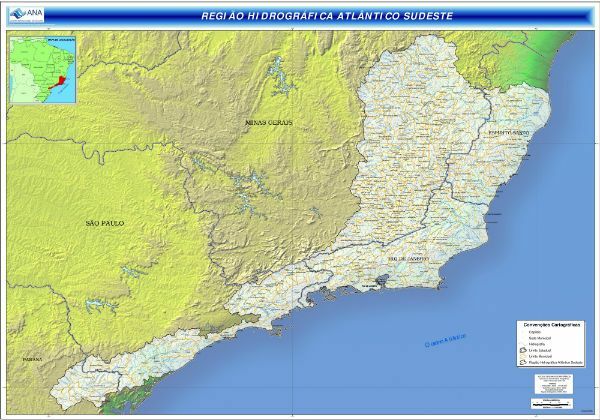Soil is the top layer of the earth's surface, composed of organic and inorganic matter. It is formed by the breakdown of the rocks that make up the earth's mantle together with water, climate, relief and the action of living beings.
Soil formation and composition
The soil is formed primarily by the breakdown of the parent rock. That is, the rocks that make up the Earth's mantle release particles and these particles interact with the climate, suffer the action of bad weather (sun, rain, wind, etc.).
The conjunction of these elements also interacts with organic elements, related to the living beings existing in the environment.
Thus, the soil is composed of organic elements resulting from the decomposition of animal and plant debris, called humus and inorganic as the parts detached from the rocks.
Ground horizons
The horizons are the layers of soil and represent the different parts that make up the soil. In profile, from top to bottom, these horizons are known as:
- horizon O - It is the upper part of the soil, composed, in general, of organic material.
- Horizon A - Just below the O horizon, it has a large concentration of organic material (humus) and a portion of inorganic matter.
- Horizon B - It is the part where the material infiltrated in the soil accumulates.
- Horizon C - Represents the fragments detached from the mother rock.
- Horizon R - Mother rock.
Soil Types
The different types of soil are classified according to their composition. The main ones are:
- Limestone: stony soil composed of about 30% calcium in its formation, poor, due to the lack of nutrients and organic matter, and very permeable.
- Sandy: also called light soil, due to the low concentration of water in its composition. The sandy soil has a low amount of organic matter, being very common in arid and semi-arid areas.
- Clayish: soil composed of more than 30% clay in its composition. The clayey soil is impermeable, its tiny grains facilitate its compaction, preventing the entry of water and air. Despite being a soil rich in organic matter, clayey soil can be difficult to cultivate due to the low presence of air, being an obstacle for the development of plant roots.
- Humous: Humid or humiferous soil is a very fertile soil, composed of up to 70% organic matter (humus). This material is the result of the union of particles detached from the parent rocks with the action of bad weather and the intense activity of decomposing agents such as earthworms.
Complete your research:
- Soil Types
- Types of Soil in Brazil
- The Importance of Soil
- Ground pollution
- Soil salinization
- Soil Exercises
- Enem geography: subjects that fall the most


